Ginger isn’t just a flavorful root used in kitchens—there’s an entire family of beautiful, aromatic, and even ornamental ginger plants that you can grow right at home! From edible rhizomes to exotic tropical blooms, ginger plants are versatile, low-maintenance, and thrive well in containers or garden beds with warm, humid conditions. Whether you’re looking to spice up your cooking or add lush beauty to your home, here are 7 unique ginger plants you can easily grow at home.
1. Common Ginger (Zingiber officinale)
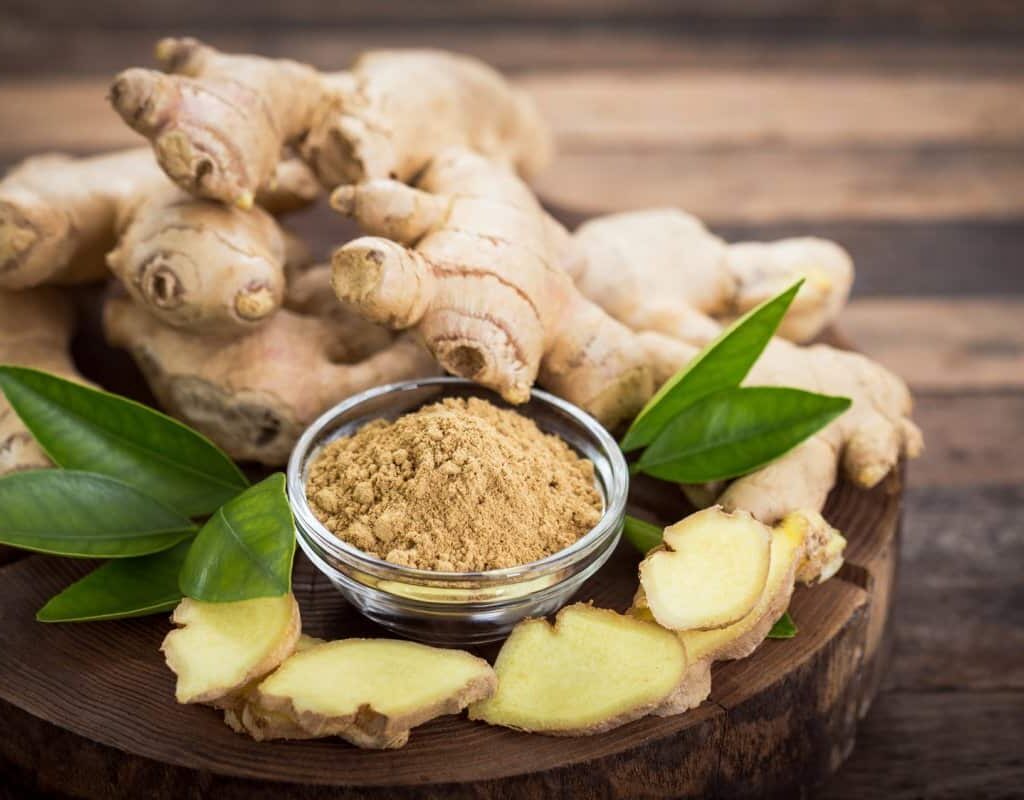
This is the culinary ginger you find in kitchens everywhere, known for its spicy rhizome that flavors everything from tea to stir-fry. It’s a fast-growing plant that thrives in containers and needs minimal care.
- Light: Partial shade to filtered sunlight
- Water: Moist but well-drained soil
- Harvest Time: 8–10 months after planting
Grow this at home for both ornamental value and a steady supply of fresh, organic ginger root for your recipes. Plus, the lance-like leaves add a tropical vibe to patios and kitchens.
2. Turmeric (Curcuma longa)

A close cousin to common ginger, turmeric is famous for its bright yellow color and powerful medicinal properties. The plant features large green leaves and produces beautiful pale pink or white blooms.
- Light: Partial to full shade
- Water: Moist, well-draining soil
- Harvest Time: 8–10 months
Turmeric is easy to grow and makes a great companion in herb gardens. Once harvested, its rhizomes can be dried and ground for cooking or used fresh for homemade golden milk and skincare treatments.
3. Butterfly Ginger (Hedychium coronarium)
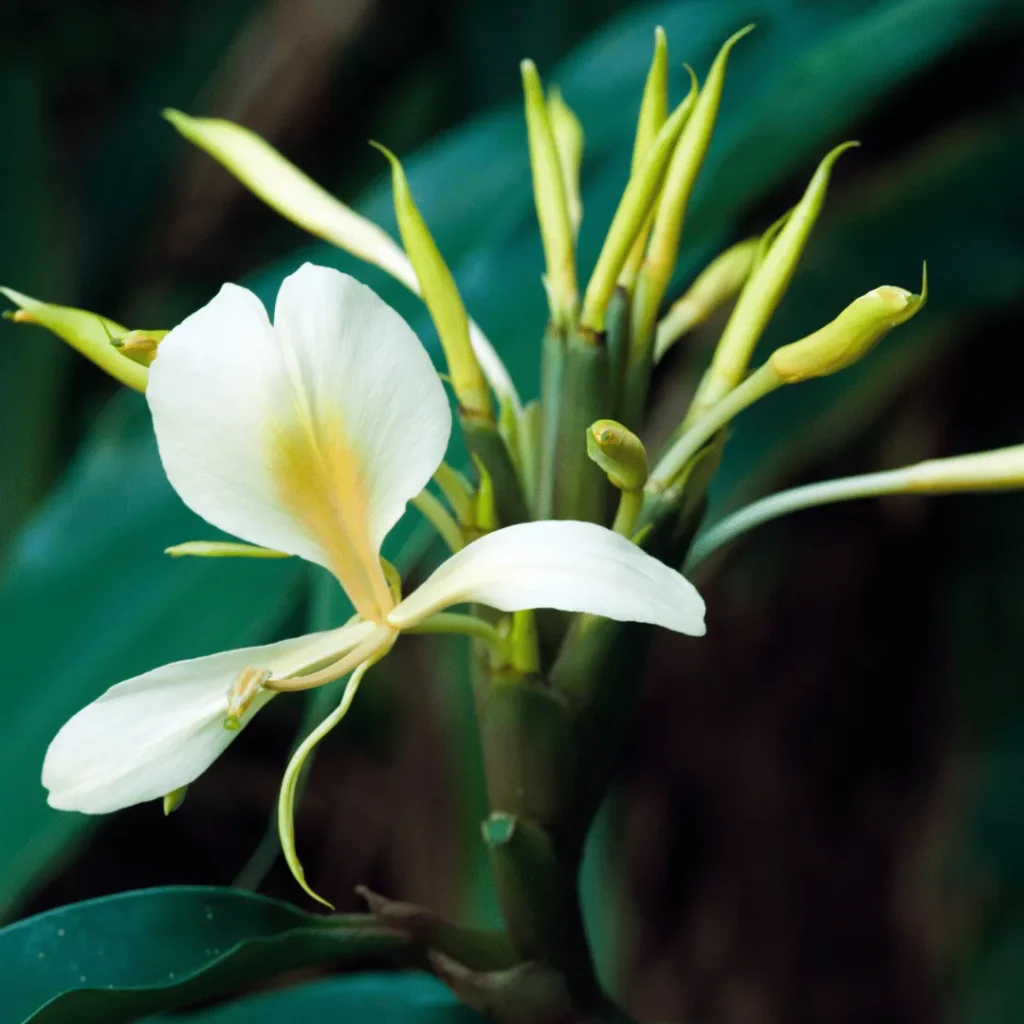
Also known as White Garland Lily, this ginger plant is known for its fragrant white blooms that resemble fluttering butterflies. It’s perfect for adding ornamental charm and sweet fragrance to your garden.
- Light: Full sun to partial shade
- Water: Regular watering, loves humidity
- Height: 3–6 feet tall
Though not typically used for culinary purposes, its showy flowers attract butterflies and pollinators, making it a stunning focal point in garden beds or containers.
4. Shell Ginger (Alpinia zerumbet)
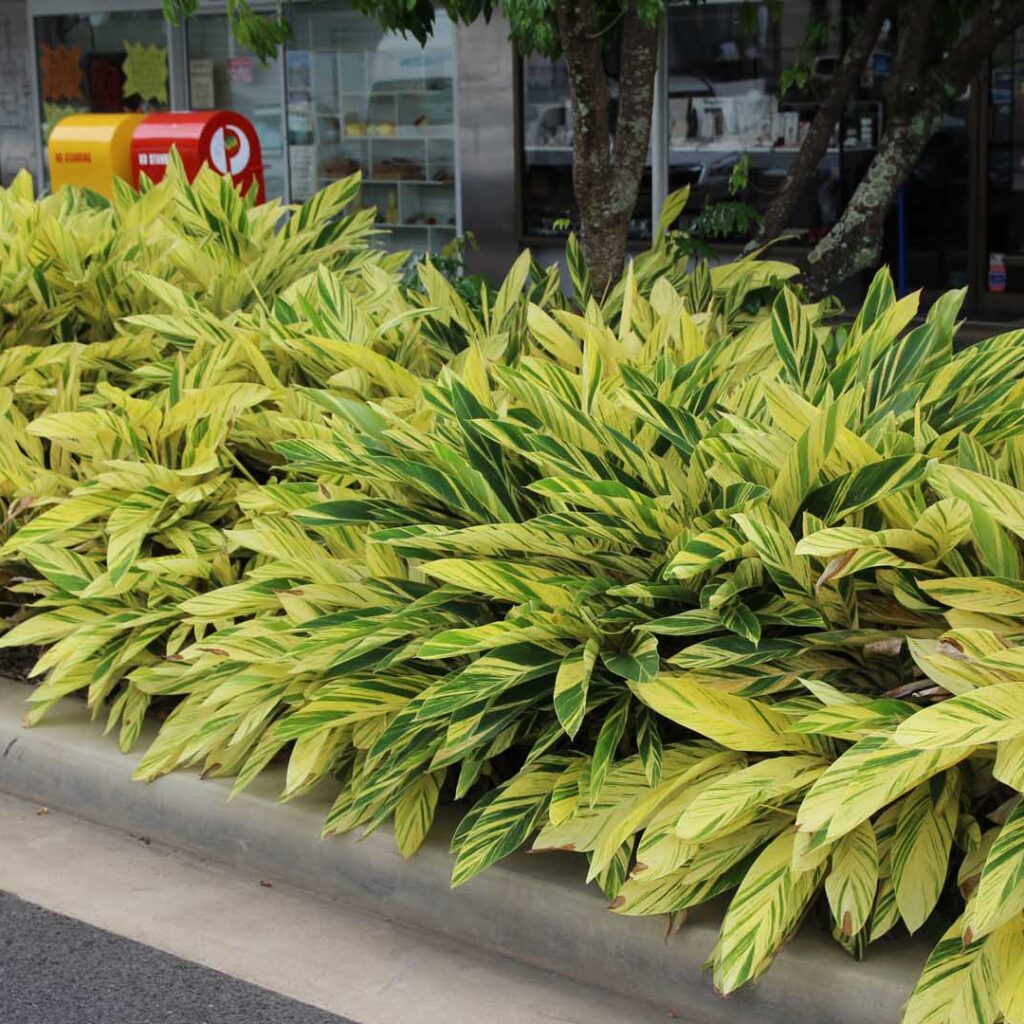
Named for its shell-like pink and yellow blooms, Shell Ginger is a striking ornamental plant with bold variegated foliage. It also has medicinal uses in some cultures.
- Light: Bright indirect light or filtered sun
- Water: Needs consistent moisture
- Height: Up to 10 feet in the ground, smaller in pots
Great for adding tropical flair indoors or on patios, Shell Ginger is both an air purifier and a conversation piece thanks to its unique appearance.
5. Red Ginger (Alpinia purpurata)
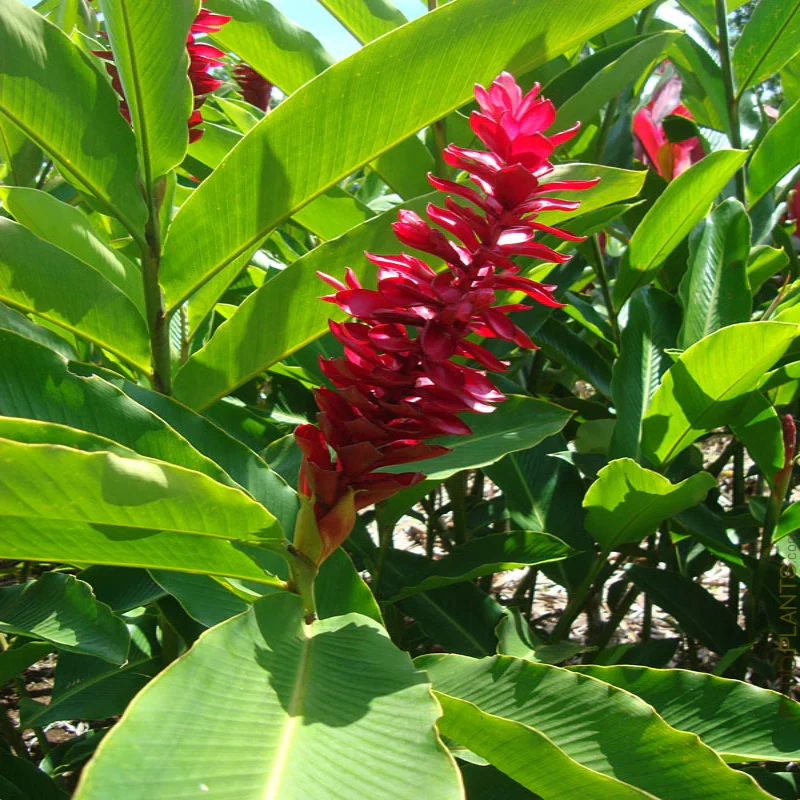
If you’re after vibrant color, Red Ginger is the showstopper of the ginger world. It features tall spikes of bright red flowers and glossy green leaves, ideal for tropical-themed gardens.
- Light: Partial shade to full sun
- Water: Moist, rich soil
- Height: 4–8 feet
It grows best in warm, humid climates or indoors in large pots. While not used for cooking, it’s perfect for cut flower arrangements and adds dramatic flair to any space.
6. Mango Ginger (Curcuma amada)
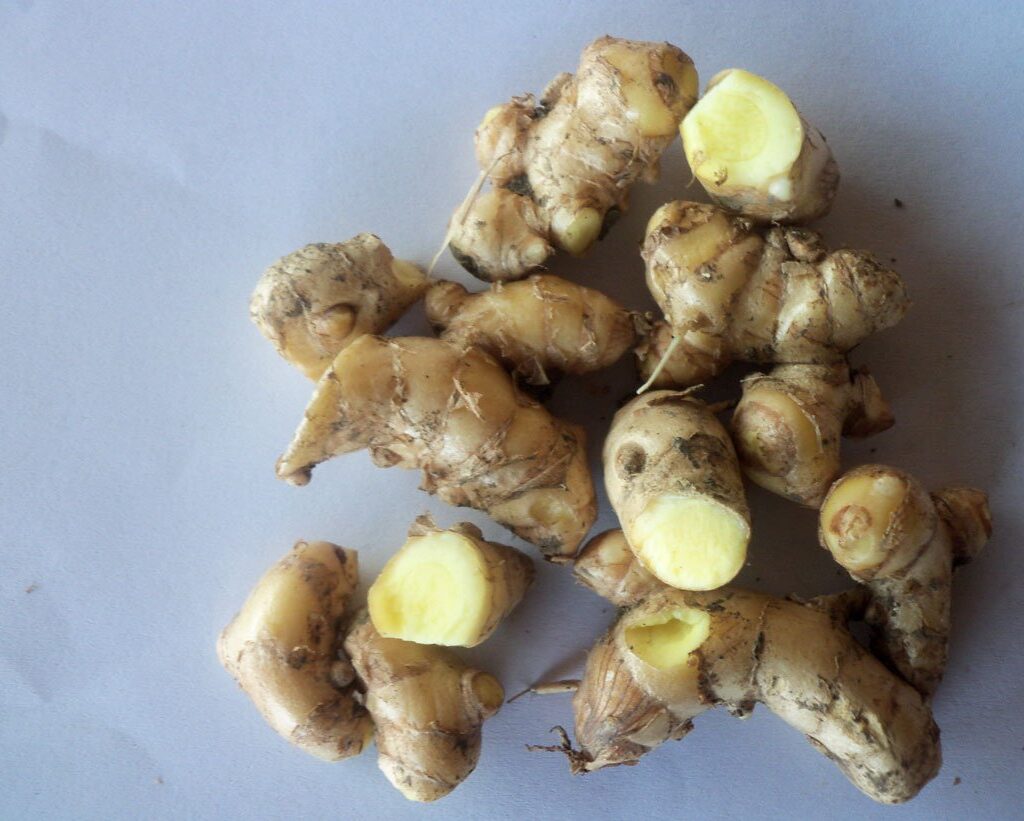
This lesser-known variety of ginger has a flavor profile that combines ginger’s zing with a mango-like aroma, making it popular in Southeast Asian cuisines.
- Light: Light shade
- Water: Needs consistent watering during the growing season
- Harvest Time: 8 months after planting
It’s a great edible variety that also produces broad, attractive leaves, ideal for gardeners who love experimenting with unique herbs and rhizomes in their kitchen.
7. Hidden Cone Ginger (Curcuma spp.)
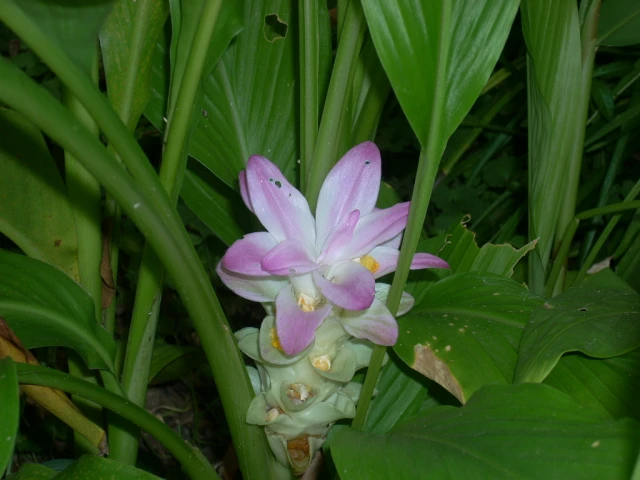
Also called Hidden Lily or Siam Tulip, this plant produces flower spikes that emerge from the base, “hiding” beneath the foliage, hence its name. The flowers come in lavender, pink, or white hues.
- Light: Partial shade
- Water: Regular watering, especially during bloom
- Height: 1–3 feet
This plant adds lush beauty and unexpected color to shaded parts of the garden. It’s perfect for decorative borders or tropical container displays.
Conclusion
Ginger plants come in a surprising variety of forms—some edible, some medicinal, and some purely ornamental. Whether you’re growing culinary ginger for your kitchen or adding a touch of the exotic with flowering tropical varieties, these plants are a perfect blend of beauty and function. With just a bit of care, you can enjoy their striking foliage, vibrant blooms, and flavorful rhizomes right from the comfort of your home.





